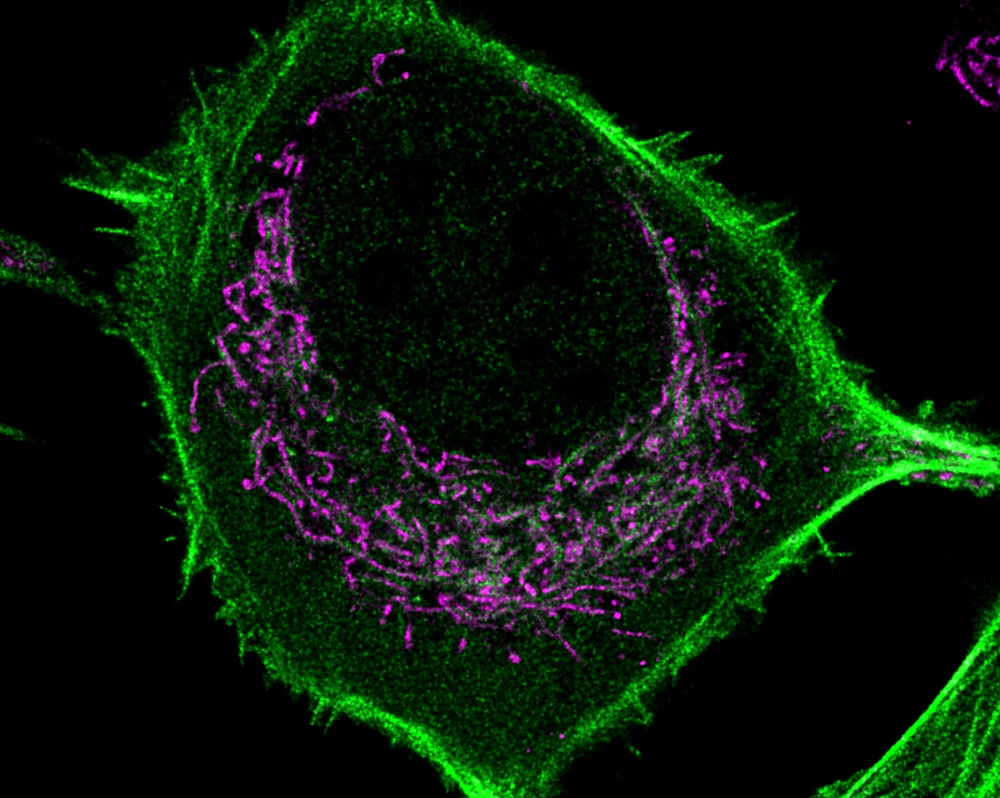Molecular mechanisms of infection and inflammation - CEMIR
Research theme 2
Molecular Mechanisms of Infection and Inflammation
Despite extensive global efforts, infectious diseases still cause significant morbidity and mortality.
In theme 2, we aim to decipher molecular mechanisms of infection and immune evasion, test the validity of said mechanisms in animal infection models, and link them to available patient samples and data. Successful completion of the work should reveal new therapeutic targets and aid in development of host-directed therapies to be used as adjuncts to antimicrobial treatment of infections.
Our Ambitions
- Elucidate mechanisms and dynamics of M. tuberculosis killing of host macrophages.
- Elucidating the role of post-translational modifcations in cell death pathways.
- Determine new regulatory mechanisms for bacteriainduced activation of Gasdermin family members and how secretion systems in Yersinia and Salmonella manipulate inflammasomes.
- Use CRISPR screens to identify additional host signalling molecules involved in bacteria-induced pyroptotic and apoptotic cell death, and triggering of inflammasomes.
- Targeted CRISPR/Cas9 screens for identifcation of host factors of HIV and Influenza A virus.
- Establish innate T-cell responses to endosomal TLR ligands and HIV.
- Elucidate how mycobacteria change over the course of an Mycobacterium avium infection.
- Establish if putative inhibitors of type VII secretion systems also inhibit the ESX-3 system.
- Establishment and use of in vivo bacterial (Citrobacter rodentium) and helminth (Trichuris muris or Heligmosomoides polygyrus bakeri) infection models.
- Establish how the FcRgamma chain controls C-type lectin receptors in human phagocytes.
- Decoding the commonality and specifcity of phosphorylationbased signalling and metabolic rewiring in Toll-like receptor activation.
- Examine the association between genetic variations in TLR8 and IRF5 and the susceptibility to bloodstream infection and sepsis in a GWAS study.

